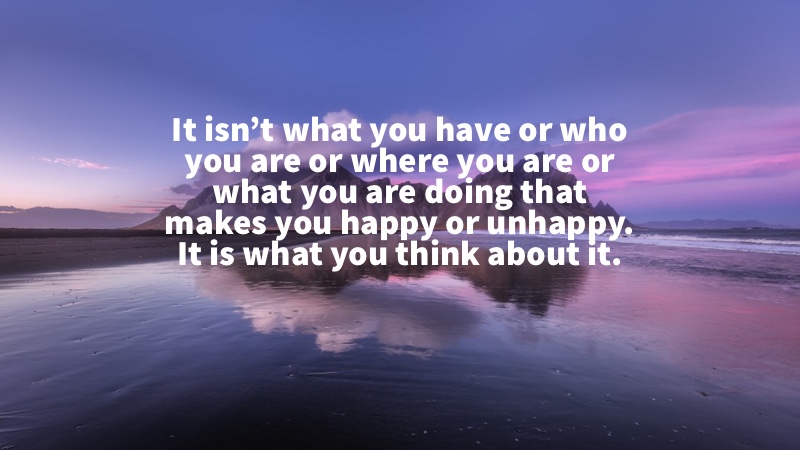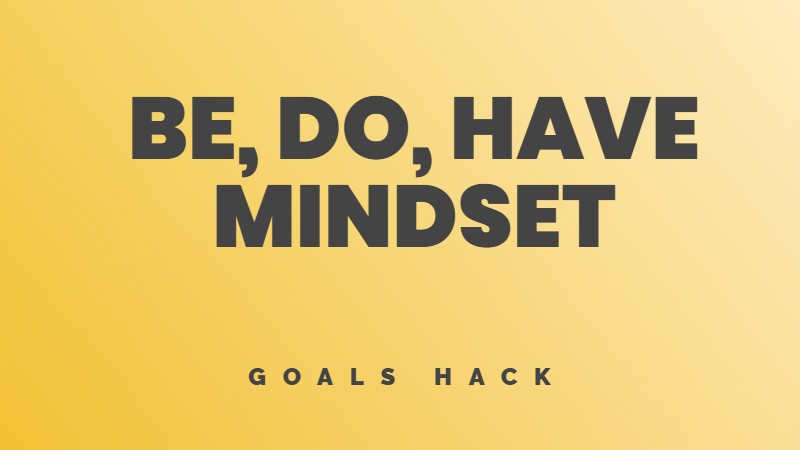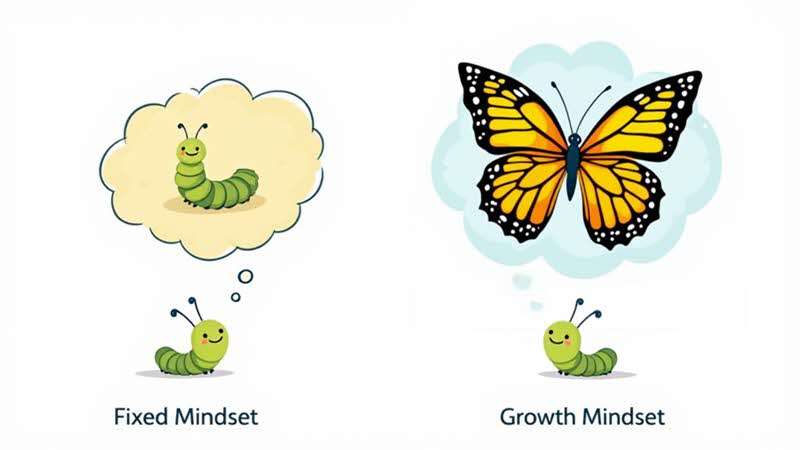You have two options today, and only two. You can be happy, or you can be very happy.
George Ravelin
About the author
George Raveling is one of basketball’s most influential figures, with a career spanning over six decades. Born in 1937 in Washington, D.C., Raveling broke barriers as the first Black basketball coach in the Atlantic Coast Conference (ACC) and the PAC-8 (now PAC-12). His coaching career included successful tenures at Washington State University, the University of Iowa and the University of Southern California.
Beyond his coaching achievements, Raveling owns a piece of American history. On August 28, 1963, he worked as a security volunteer at the March on Washington, where he asked Dr. Martin Luther King Jr. for the original typewritten copy of the “I Have a Dream” speech moments after King finished delivering it. King handed him the speech, which Raveling still possesses today.
After retiring from coaching in 1994, Raveling joined Nike as the Director of International Basketball and later became the Global Basketball Sports Marketing Director. The quote comes from his motivational speaking engagements, during which he shares wisdom gathered throughout his remarkable life.
Raveling’s insights about happiness and attitude stem from his philosophy of maintaining a positive outlook regardless of circumstances. This perspective has made him a sought-after speaker and mentor to athletes, coaches, and business leaders worldwide.
In 2015, Raveling received basketball’s highest honor when he was inducted into the Naismith Memorial Basketball Hall of Fame for his sports contributions. His books and talks continue to teach others about leadership, perseverance, and maintaining perspective.
The meaning of the quote
The quote captures an essential truth about life: we control our attitude. The beauty lies in its simplicity. Rather than suggesting happiness exists as an either/or state, Raveling tells us happiness comes in degrees, and we choose how much we want.
The statement removes negativity as an option. Limiting choices to “happy” or “very happy” creates a mental framework where unhappiness disappears as a possibility. This approach works because our brains tend to consider only the options presented to us.
Think about applying this mindset to ordinary situations. When stuck in traffic, you could think: “I can be happy about this extra time to listen to music, or very happy about having time to call an old friend.” The circumstance stays the same, but your experience changes dramatically.
A woman named Sarah used this approach during cancer treatment. Each morning, she told herself, “Today I can be happy I’m getting treatment, or very happy because supportive people surround me.” This shift didn’t change her diagnosis but transformed her treatment experience.
The quote also teaches us to find gratitude in every situation. By asking, “How happy can I be right now?” instead of “Should I be happy?”, we train ourselves to spot opportunities for joy.
Research backs this up. Studies show gratitude boosts mental health, reduces stress, and builds resilience. When we actively search for reasons to be happy, our brains get better at finding them.
Tell yourself: “Today I have two options. I can be happy, or I can be very happy.” Watch how your mind starts looking for reasons to pick “very happy.”



Leave feedback about this